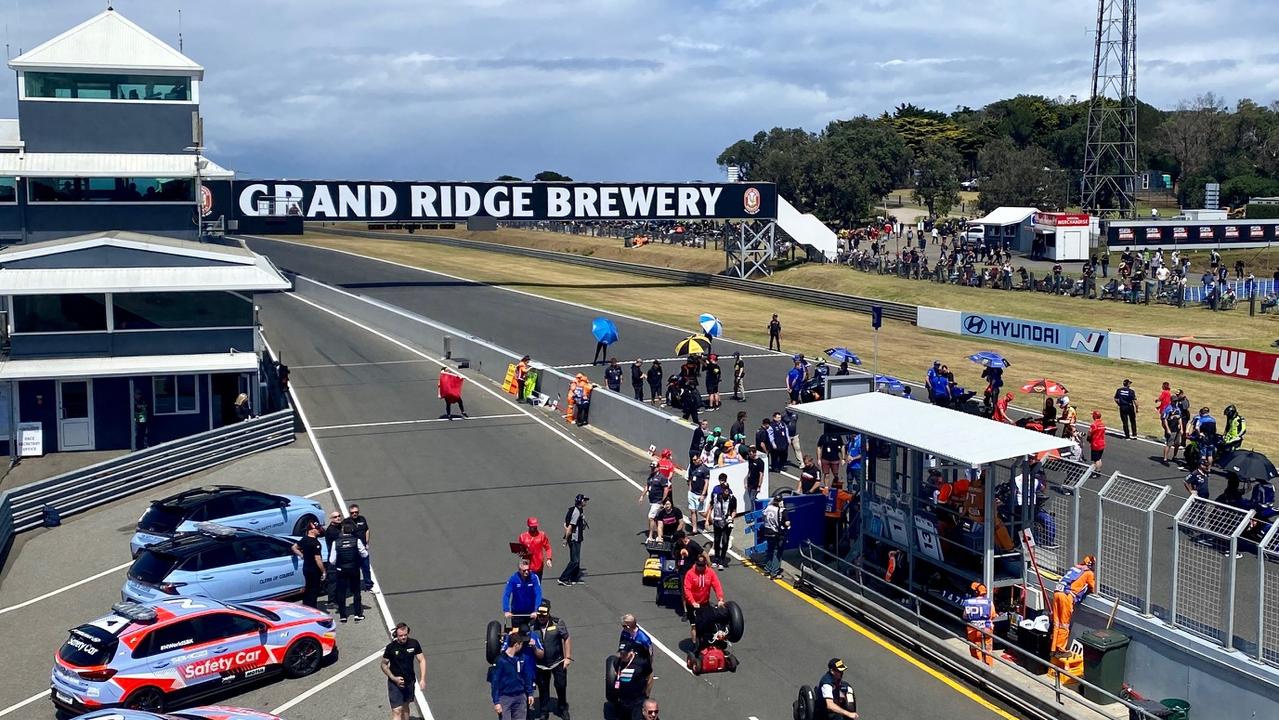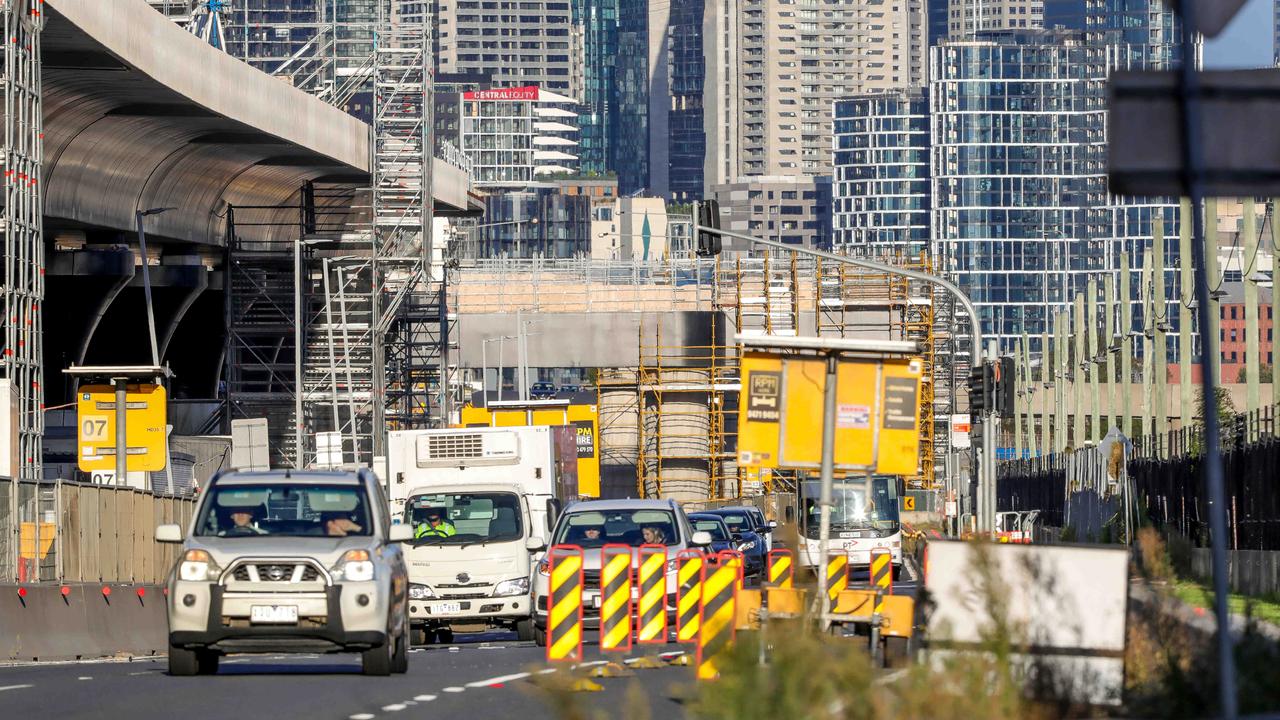One in 10 Victorian women are struggling with endometriosis
SOME women are accused of ‘putting it on’, others are told it’s their lot in life, but endometriosis can be debilitating and severely impact on work, school, family and relationships.
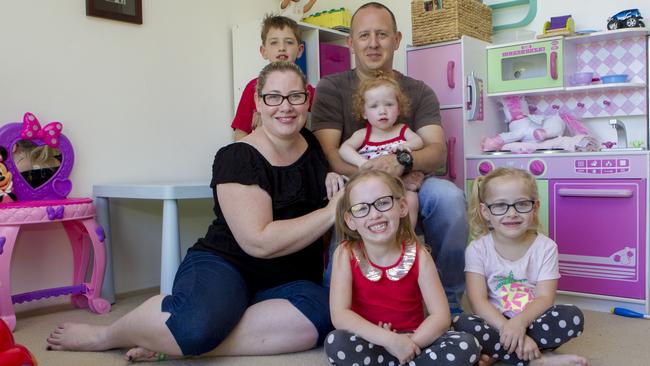
News
Don't miss out on the headlines from News . Followed categories will be added to My News.
FOR Jodie Del Monaco, the pain is “crippling”. Unpredictable but regular, when it hits her abdomen “it can just be disastrous, it can knock you for a six and it can just take you down”.
And it is invisible. Despite the fact 200,000 Victorian women are estimated to have the condition, some still think “she is putting it on”.
“It’s intense pain, the best way I can describe it is that you would think you are possibly dying if you didn’t know what it is,” says Del Monaco, a mother of five, one of whom tragically died.
“It” is the mysterious disease endometriosis, a condition where an overgrowth of cells similar to those found in the lining of the womb appear outside the womb, most commonly in the pelvic cavity. In rarer cases, it can even appear around the heart or lungs, kidneys or other organs. Symptoms often include excruciating pain, extremely difficult menstrual cycles, painful sex and infertility.
A 2014 University of Sydney study found endometriosis costs Australian society $7.7 billion a year, with two-thirds of that attributed to lost productivity and the remaining $2.5 billion to direct healthcare costs. A global Endometriosis Research Foundation study estimates the cost is $12,094 a woman.
Endometriosis can only be diagnosed by a laparoscopy (keyhole surgery) and often recurs even after surgery to remove the troublemaking tissue. It often travels in families through generations of women, yet, strangely, sufferers report feeling they cannot talk about it.
People don’t want to know.
“Women have been told they’re ‘hysterical’, they get told it’s ‘all in their head’,” says Endometriosis Australia founder Donna Ciccia, whose long-term endometriosis has caused “adhesions” (bands of scar tissue that can bind organs or extend between them) in her diaphragm to the lining of her heart.
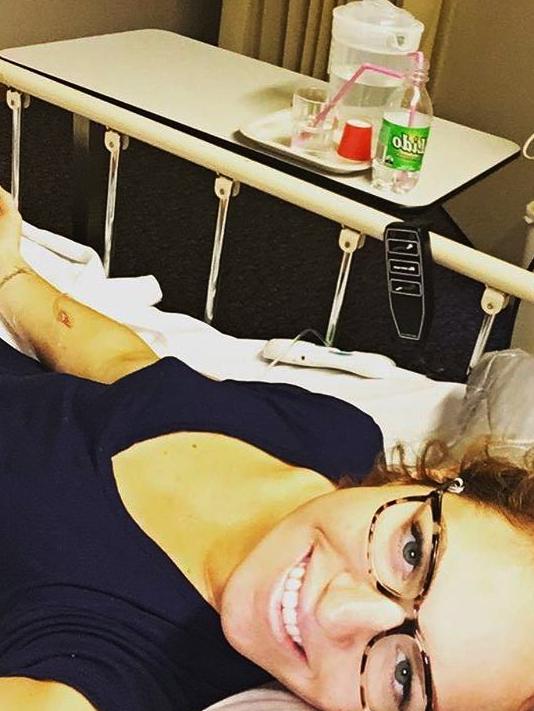

This week, Olympic swimmer Emily Seebohm was named an Endometriosis Australia ambassador. Seebohm had surgery in December to treat the disease, just months after winning silver in the 4x100m medley relay in Rio.
Ciccia’s version of the unpredictable condition means she gets painful spasms in her chest caused by scar tissue irritating her intercostal muscles (the muscles between the ribs used in breathing). But she says she has it easy compared with others.
“I know of young girls who’ve had bowel resections (removal of blocked bowel) — 10 or 20cm of bowel removed — and have had to wear temporary stomas. The stories are horrific.”
One reason Ciccia and other advocates for women living with silent pain believe “endo” is kept quiet — other than the fact many people are uncomfortable with “women’s business” — is that it doesn’t kill sufferers like cancer.
But it can trash the quality of life of many women, while attracting little understanding or even suspicion from people who think they may be exaggerating.
According to Ciccia, who started her advocacy group three years ago, women with endo are commonly fed myths, such as “if you get pregnant, that will cure it” or “if you have a hysterectomy, it will go away”.
Ciccia says “unwarranted” hysterectomies are still prescribed and pregnancy may be recommended as a de facto treatment.
“We still hear of women getting hysterectomies when there are probably other things that could have been done first before going straight to that or being told to get pregnant. I’ve heard of a 14-year-old girl being told she should go and get pregnant (to cure endometriosis),” she says. “I mean, pregnancy should not be a treatment plan.”
Ciccia is one of several people who say it is still common for young women to experience a long delay — up to seven to 10 years — between starting to experience strong symptoms and diagnosis.
She blames a lingering taboo around discussing women’s cycles, lack of consistent understanding among medical professionals and girls being told they just have “the family curse” and must live with it.
This is despite the fact “flare-ups” can disrupt a woman’s work or even derail a career, according to the head of the Royal Women’s Hospital’s gynaecological pain centre, Associate Professor Martin Healey.
“Almost certainly for women with (severe, recurring and unmanageable) pain, their career, life and what they can expect to attain is significantly impaired. For women whose joy in life is to go out and get pregnant and have babies, a proportion of those are (unable to) because of endometriosis,” Healey says.
“It’s something that really limits people’s ability to break through the glass ceiling in society that’s already there. (Women with bad pain suffer) even more so. From that point of view, it’s a very unfair thing.”
Healey, also Clinical Associate Professor in the University of Melbourne’s Department of Obstetrics and Gynaecology, says part of the diagnostic delay for some women is legitimate because doctors may try to address symptoms with hormone treatments before laparoscopy.
His message to newly diagnosed patients is “if someone tells you getting pregnant will cure you, that’s rubbish, it’s a common urban myth a lot of GPs are still propagating”. He adds that just because you have endometriosis doesn’t mean you can’t get pregnant and have kids — it puts you at higher risk of needing help.
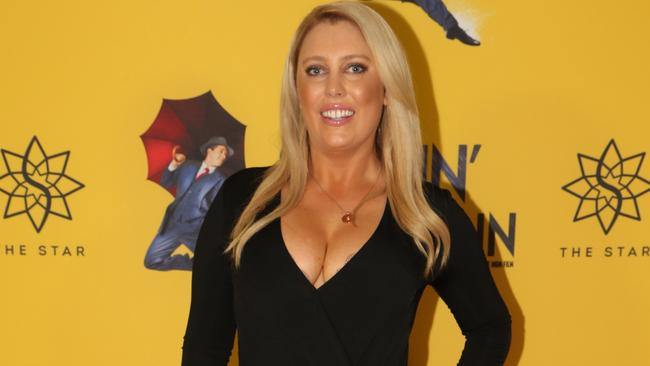
He says because there is no relationship between how much endometriosis is present and how much pain a woman experiences, there is a risk women may feel belittled.
“It’s an unusual condition, in that disease severity doesn’t line up at all well with symptom severity; you can have people on a disease level where your doctor or gynaecologist doing a laparoscopy says, ‘There’s only two or three spots’, with the implication that it couldn’t explain your pain,” he says.
This could put doubt in the patient’s mind about whether endometriosis is what’s really going on or is all their head, Healey says.
Equally odd is that women with really severe endometriosis “involving the wall of the bowel, the ovaries, everything stuck together” can have no symptoms and only be diagnosed because of fertility issues.
“People with severe disease can have no pain, people with minor disease can have severe pain, that’s the tricky thing.”
Endometriosis Australia Victorian ambassador, Nova FM DJ Sarah Maree Cameron, was working in Canada when her severe symptoms kicked in. And after multiple trips to hospital she was advised to return to Australia for diagnostic tests, given the cost.
“I came home thinking I’d be diagnosed quickly, which wasn’t the case,” she says. “Everyone (medical practitioners) was saying, ‘Period pain is normal, there’s nothing wrong with you’. It was really hard.”
Despite having pain so bad she had to pull over while driving, Cameron was called “a hypochondriac” at one hospital: “I had my best friend with me and asked her to grab the clipboard (with her patient notes) and they had written that I was probably a hypochondriac most likely in for painkillers.”
It was not until she had a laparoscopy to remove cervical cancer that her endometriosis was diagnosed, along with adenomyosis, a related and often painful condition where endometrial tissue grows inside the uterus muscle wall.
After years of regular laparoscopies and other treatments failed to contain her pain — and after enduring endo-related complications, including a burst cyst that caused her septicaemia — Cameron had a hysterectomy this month, which was considered the only way to rid her of daily pain for the adenomyosis.
She cried “happy tears” when she woke up pain free. Married and only 29, Cameron says she still may have the option of children if she uses a surrogate.
Another Endometriosis Australia ambassador, former radio host Mel Greig, says sufferers need others to get educated.
“I have done a lot of media surrounding endo, and every time I get at least 100 endo sufferers reaching out saying, ‘You just said what I don’t have the strength to say’, you just made my life easier because you’ve made one more person aware of this disease,” she says.
Jean Hailes for Women’s Health medical director Dr Elizabeth Farrell says depending on the severity of the disease, it can cause pain during intercourse, it can cause pain when urinating if it’s on the bladder, and it can cause pain when passing motions if on the bowel, as well as having possible impacts on fertility.
“For some it can be debilitating. I think that both the community and health professionals ... think period pain is normal, that’s your lot in life and it’s not. If period pain impacts on quality of life, it should be investigated,” Farrell says.
Royal Women’s Hospital research fellow Sarah Holdsworth-Carlson, who is working on the Australian Endometriosis Project, agrees the “grin and bear it” message is changing slowly. Her work is examining the genetic link to endometriosis, believed to be a 50 per cent causal factor, along with environmental factors. The hospital is studying 650 patients as part of its long-term research. Patients are asked to “grade their pain” for severity and “not surprisingly most will say it is severe”, she says.
Holdsworth-Carson and her team are also about to publish groundbreaking research on the impact of BMI on a person’s likelihood of suffering endometriosis.
Jean Hailes, which has released an endo information pack for health professionals, will conduct a large survey on the experience of women with the condition later this year.
Farrell stresses the need for more to be done to help the one in 10 women estimated to have the disease: “It’s not something that’s minor.”
March is Edometriosis Awareness Month endometriosisaustralia.org

